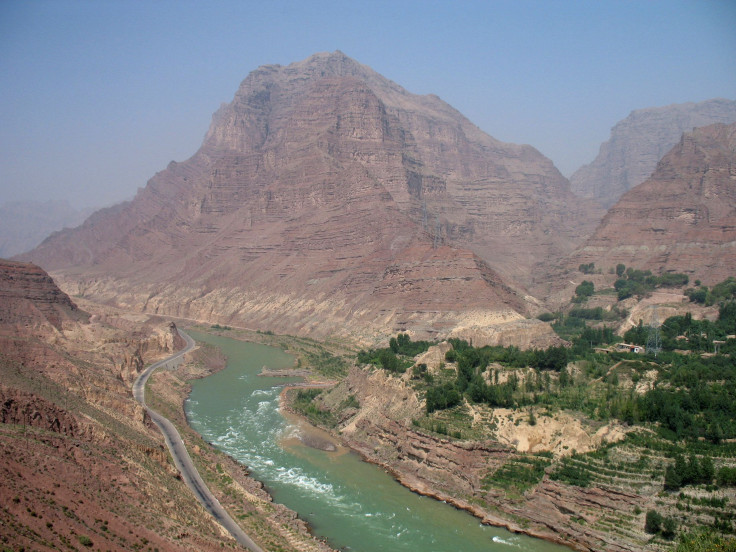China’s Mythical Great Flood That Led To The Xia Dynasty Might Have Actually Happened, Study Says

Chinese legend says that sometimes between 2200 B.C.E and 2000 B.C.E, a great flood occurred and a hero, named Yu, tamed the flood waters resulting in him becoming the first emperor of the China’s first Xia dynasty. Researchers found that this legend might actually be true.
As part of a new study, the researchers used a variety of sources to gather evidence to support their claim from ancient texts, sedimentary deposits, earthquake-triggered landslides and skeletons in collapsed cave dwellings. The study, published Friday in the journal Science, was the outcome of a decade-long research by an international team of scientists from various fields, including archaeology, anthropology, seismology and geology.
Although there are different versions of the story, all of them are said to feature Emperor Yu. According to some of these versions, Yu figured how to divert the floodwaters with the help of a dragon to dig channels and a giant turtle to haul mud.
In Spring of 2007, the study’s lead author and geologist Qinglong Wu found ancient lakebed sediments in the Jishi Gorge along the Yellow River, west of Beijing, when he was working with his team at the China Earthquake Administration’s Institute of Geology. His team theorized that at some point a lake was formed in the gorge after a landslide, and if it had been breached, would have caused a great flood.
Wu collected mud samples from a Neolithic settlement called Lajia, 25 kilometers (about 16 miles) from the gorge and found that the samples matched the sediments collected from the gorge. The Lajia settlement was destroyed by an earthquake and this match suggested that the same earthquake probably triggered the landslide in the gorge.
“The earthquake and flood must have occurred in the same year,” Darryl Granger, the study’s co-author and geologist at Purdue University, Indiana told Science magazine.
Scientists claimed that the landslide created a dam that was 200 meters (over 656 feet) high, choking the Yellow River for nearly six to nine months. As the water level rose, the rubble gave way and the great flood occurred. Radiocarbon dating of the Lajia human remains indicates that the catastrophe occurred at around 1900 B.C.E when Chinese society was shifting from the Neolithic Age to the Early Bronze Age, researchers said.
“It’s an amazing story of all these different lines of evidence coming together,” David Cohen, co-author of the study and archaeologist at National Taiwan University in Taipei said. “If the great flood really happened, then the Xia dynasty likely happened, too.”
According to Qingwei Sun, an archaeologist at Peking University, Beijing, the paper is “a groundbreaking study.” However, Sun added that “more data is needed [for the findings] to be widely accepted.”
© Copyright IBTimes 2025. All rights reserved.






















